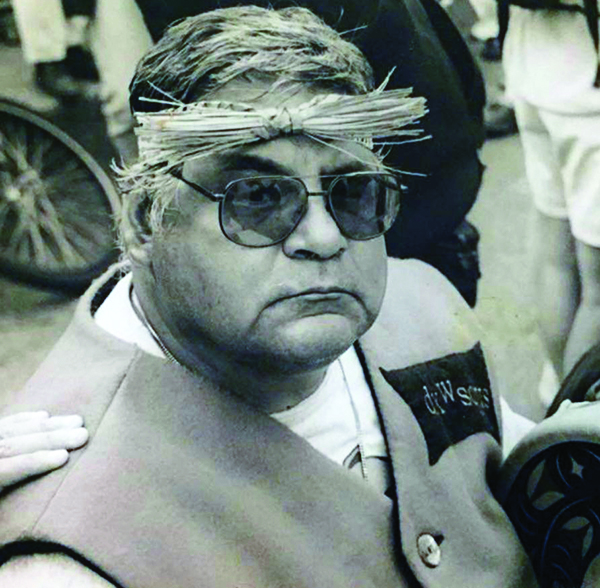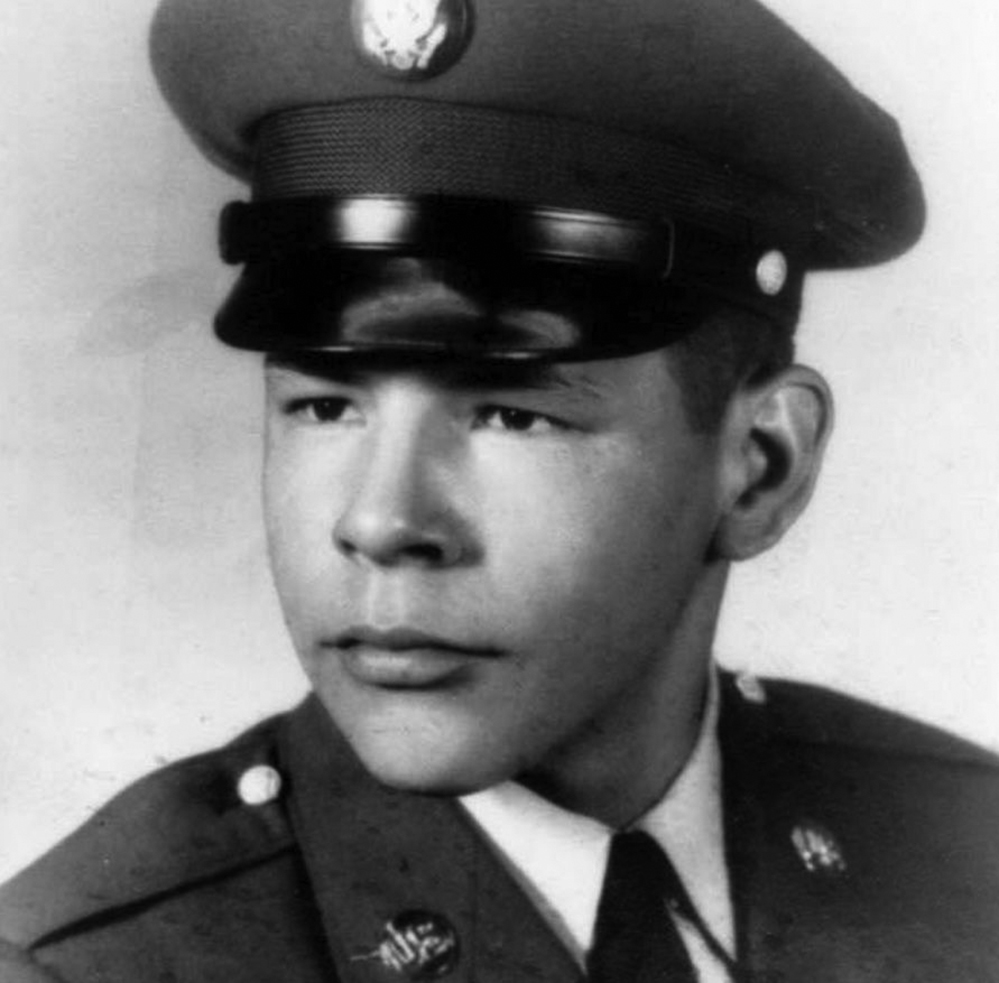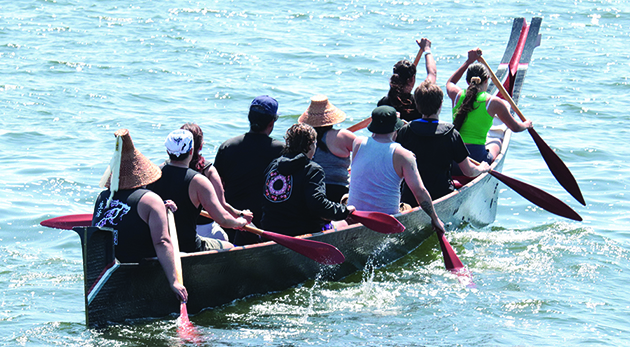
By Wade Sheldon; photos courtesy of Linda Smith
In the serene embrace of Tulalip Bay, the legacy of Tulalip tribal member Jerry Jones, a master carver, teacher, and king of home runs, is revealed with time and grace. Since his passing in 2003, the echoes of his artistic brilliance, passionate instruction, and unwavering commitment to the cultural tapestry of the Tulalip Tribes continue to resonate.
Jerry Jones, a luminary figure in the heart of Tulalip, carved more than just wood; he cut a legacy that embraced the essence of his people. His skilled hands breathed life into the timber, creating masterpieces that became living artifacts of cultural heritage. The classrooms under his guidance transformed into sanctuaries of wisdom, where the art of carving transcended mere technique, delving into the spiritual and historical dimensions embedded in each creation.

In an article by Cathy Logg titled “Tulalip Master Carver Dies at 62,” published in The Everett Herald on November 19, 2003, the author recounts the significance of Jerry Jones within the Tulalip community. Logg notes that in 1984, as Washington tribes geared up for the state centennial in 1989, a group of Indian tribes orchestrated the “Paddle to Seattle” to revive interest in ocean canoes and their traditional journeys. The article reflects on Jerry Jones’ pivotal role in leading this effort and highlights his contributions as a master carver and teacher within the Tulalip Tribes.
Guiding the efforts to create the tribe’s two canoes, Big Sister and Lil’ Sis, and constructing a third from cedar strips, Jerry Jones left an indelible mark on the Salish Sea. The lines of these canoes, crafted with precision and beauty, became a testament to Jerry’s artistry. His role expanded beyond a mere craftsman; he became a teacher, sharing not only the technicalities of carving, but also the cultural significance embedded in every stroke of the carving knife.
In the summer of ‘69, the Tulalip Chiefs, a championship baseball team led by Tulalip tribal member Cy Fryberg, featured the remarkable presence of Jerry Jones, known as the Babe Ruth of Indian Baseball. With Jerry Jones among their standout players, the Chiefs secured victories at Native tournaments, earning a spot in the final tournament in Tacoma. Overcoming challenges, the Chiefs emerged triumphant in the championship game.
Beyond Tulalip, Jerry Jones traveled the Northwest, lending his expertise to other tribal carvers working on their canoes. His craftsmanship became renowned from Oregon to Canada, and his legacy as a teacher and mentor expanded with each journey. Whether it was hats, baskets, drums, wooden paddles, masks, bowls, or totem poles, Jerry Jones left a lasting imprint on the artistic landscape, enriching the cultural heritage of the Tulalip Tribes.

“He worked for the Tulalip tribes for several years. He was in the military and was tasked with being the lead carver on the canoes for Paddle to Seattle,” said Linda Smith, younger sister to Jerry Jones. “Because my brother was always willing to share, he would teach other tribes how to carve canoes. Recently, the Suquamish tribe honored him this year during the canoe journey for helping teach their carvers. I want people to know how sharing he was.”
Linda continued, “In the summers, he would have youth assigned to him at the carving shed. He would also participate in culture nights and share his knowledge and the stories he had learned in his life. He contributed a lot to Tulalip and other tribes, and when he had students learning from him, he expected a lot from them. Sometimes, we need that discipline; we must do our best. It’s something he believed.”

Jerry Jones, who shared his artistry, wisdom, and discipline, will forever be remembered for his contributions to preserving indigenous traditions and nurturing generations to come. In the embrace of Tulalip Bay, his spirit lives on, an enduring beacon guiding the canoe of tradition into the limitless waters of the future.